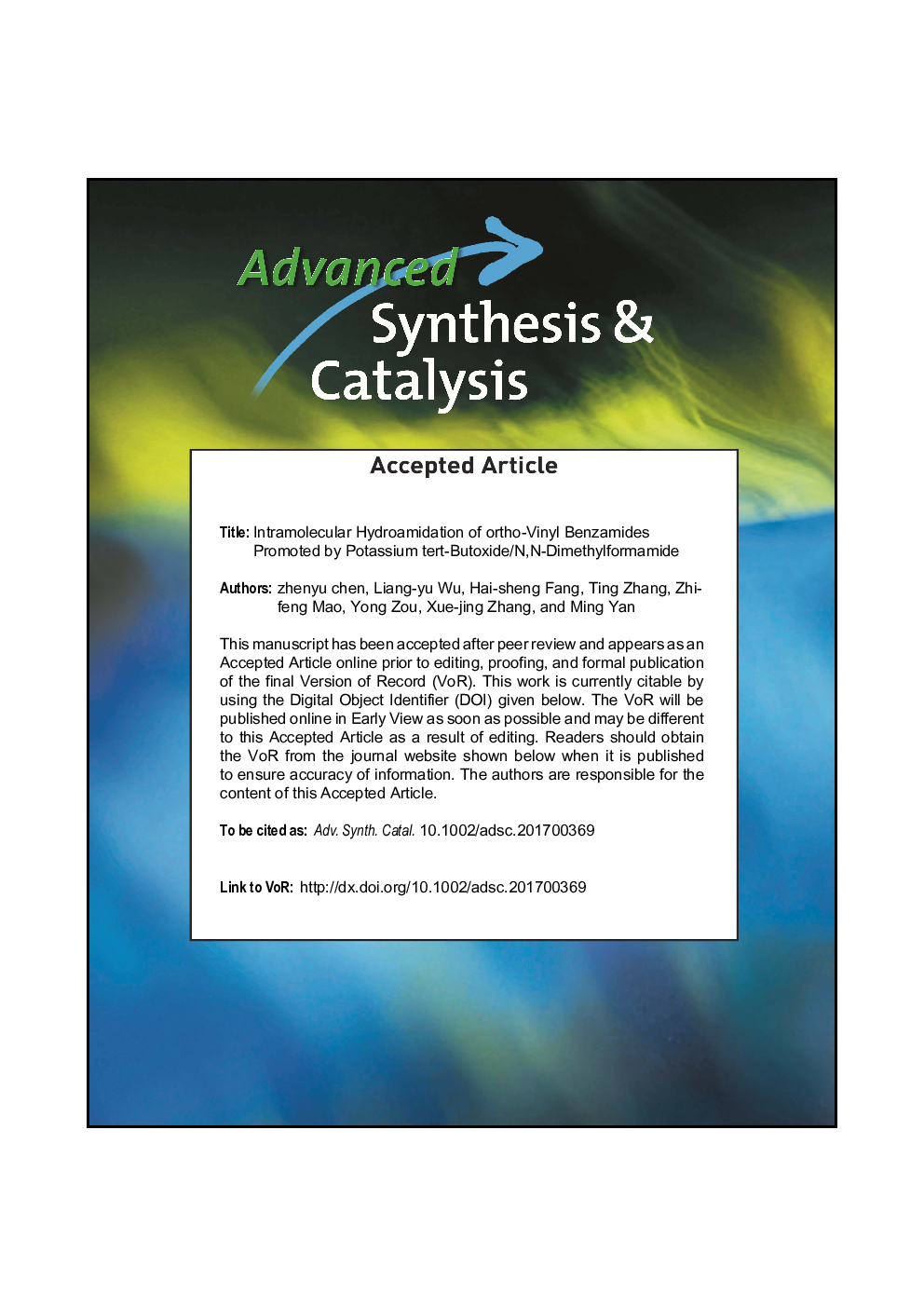| Article ID | Journal | Published Year | Pages | File Type |
|---|---|---|---|---|
| 7303676 | Neuroscience & Biobehavioral Reviews | 2015 | 6 Pages |
Abstract
Recent developments in neuroscience have emphasised the importance of integrated distributed networks of brain areas for successful cognitive functioning. Our current understanding is that the brain has a modular organisation in which segregated networks supporting specialised processing are linked through a few long-range connections, ensuring processing integration. Although such architecture is structurally stable, it appears to be flexible in its functioning, enabling long-range connections to regulate the information flow and facilitate communication among the relevant modules, depending on the contingent cognitive demands. Here we show how insights brought by the coregistration of transcranial magnetic stimulation and electroencephalography (TMS-EEG) integrate and support recent models of functional brain architecture. Moreover, we will highlight the types of data that can be obtained through TMS-EEG, such as the timing of signal propagation, the excitatory/inhibitory nature of connections and causality. Last, we will discuss recent emerging applications of TMS-EEG in the study of brain disorders.
Keywords
Related Topics
Life Sciences
Neuroscience
Behavioral Neuroscience
Authors
Marta Bortoletto, Domenica Veniero, Gregor Thut, Carlo Miniussi,
